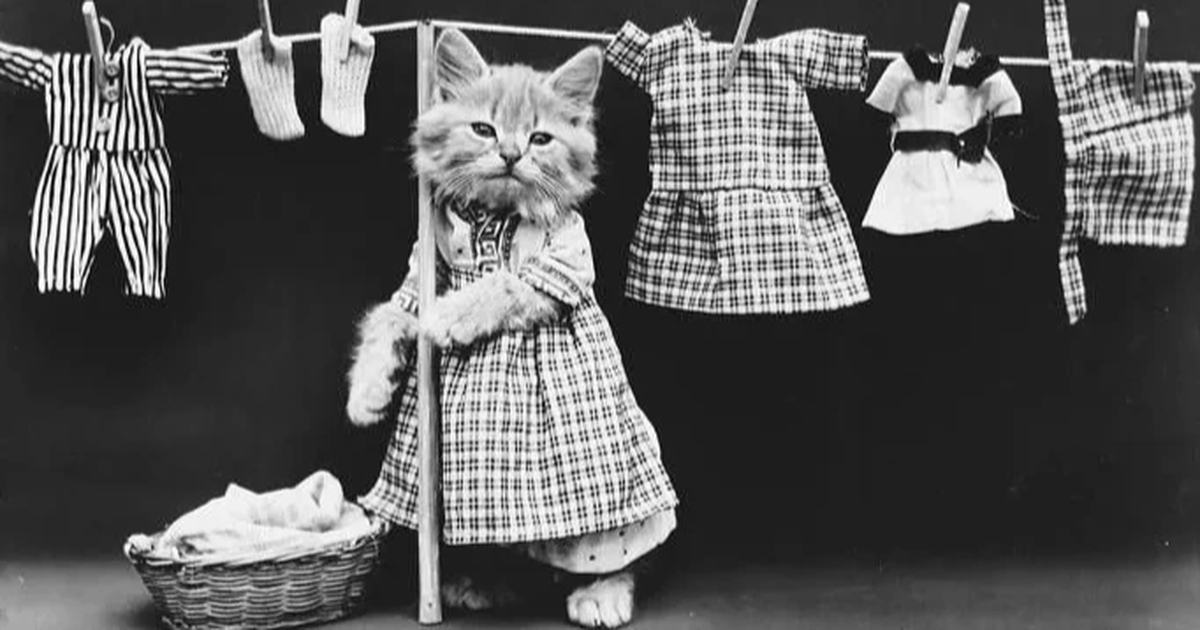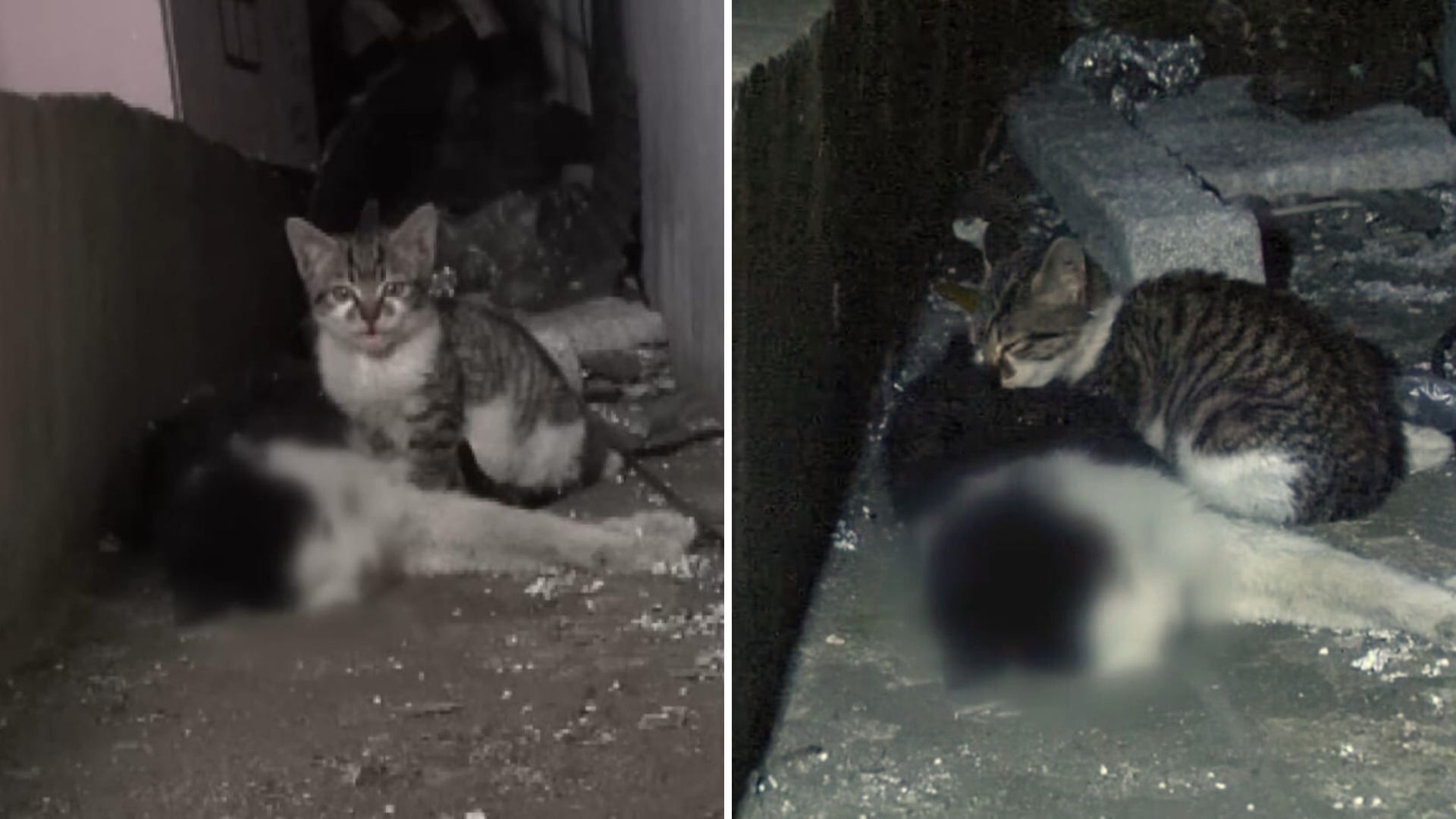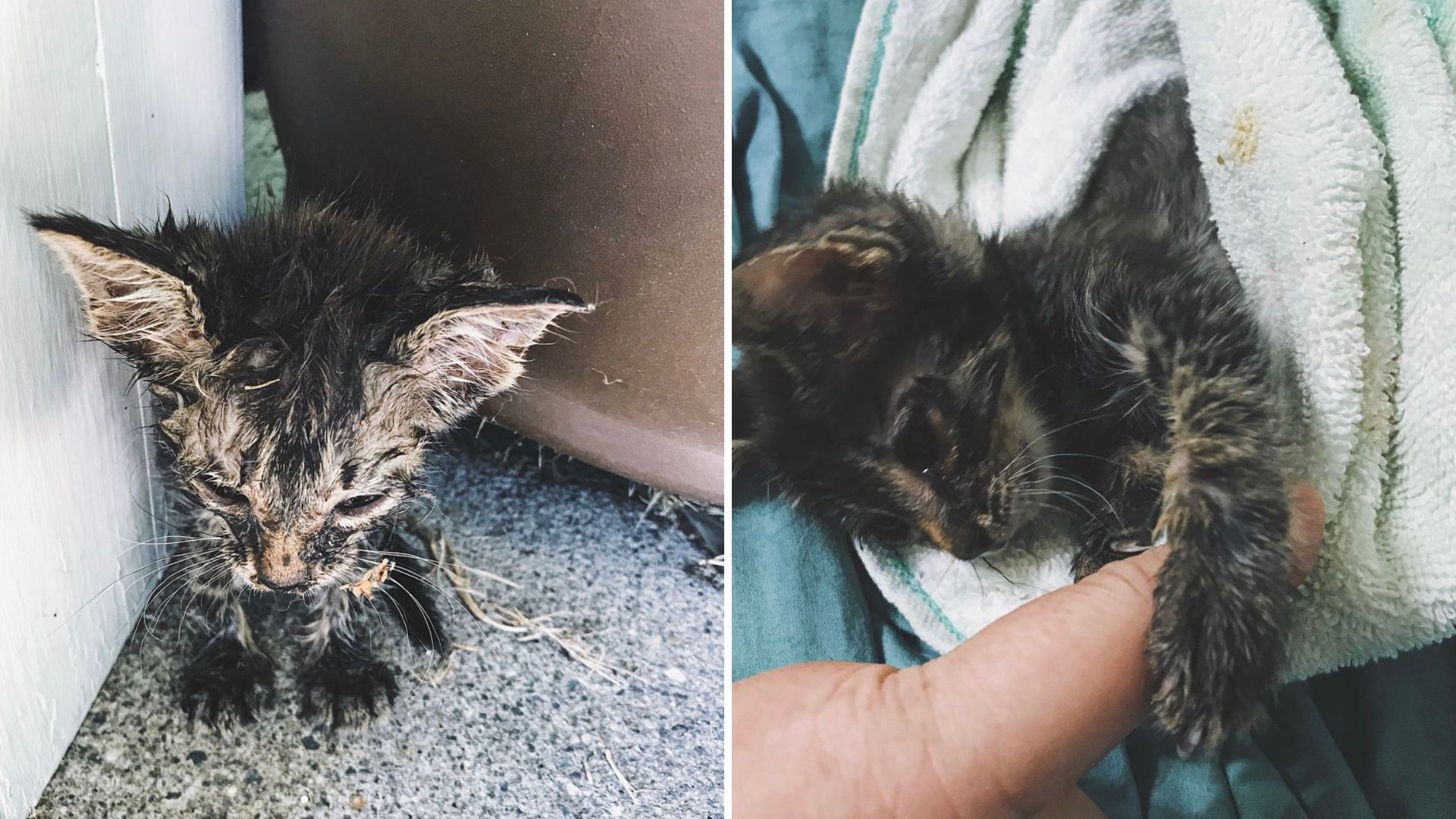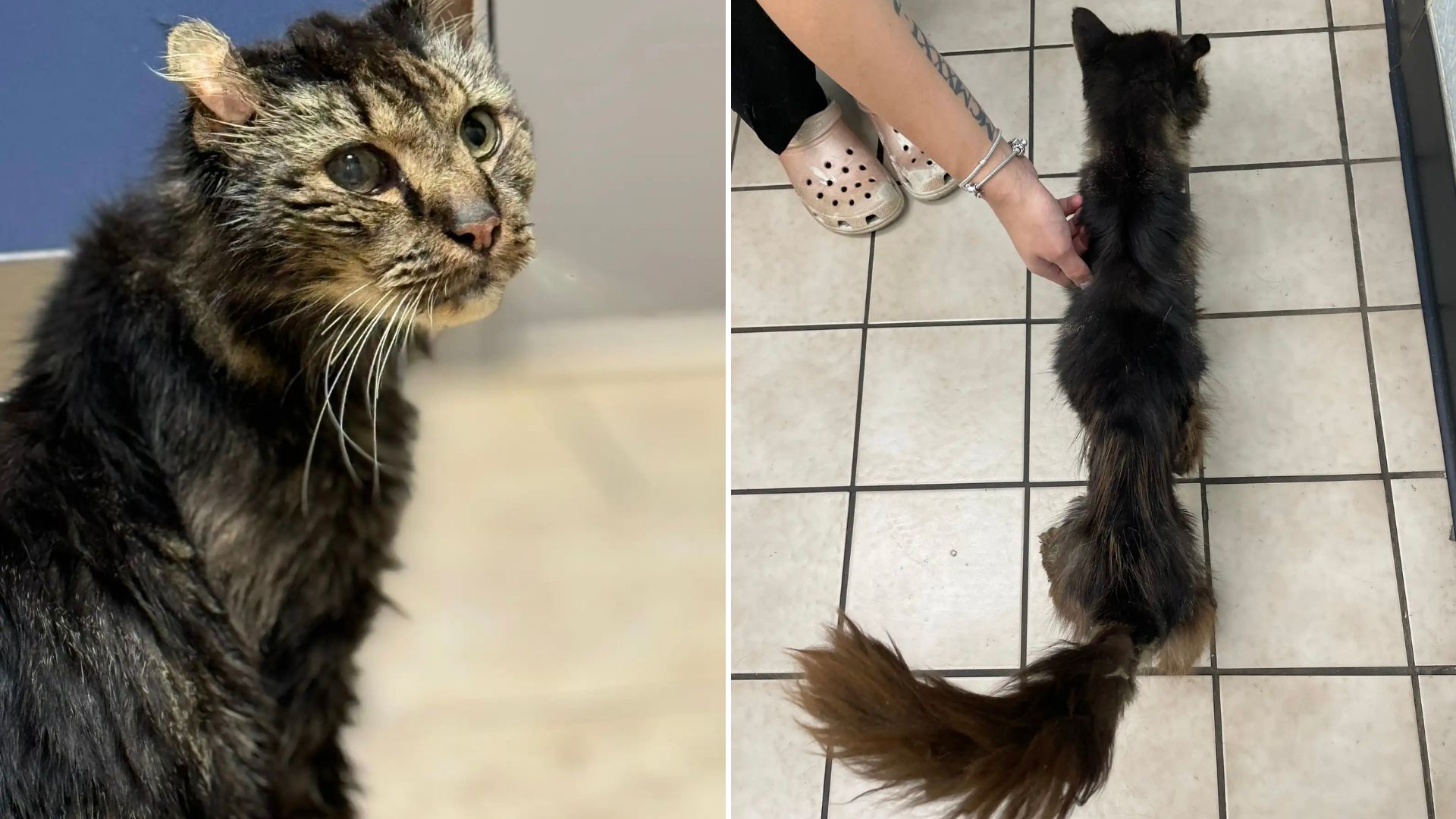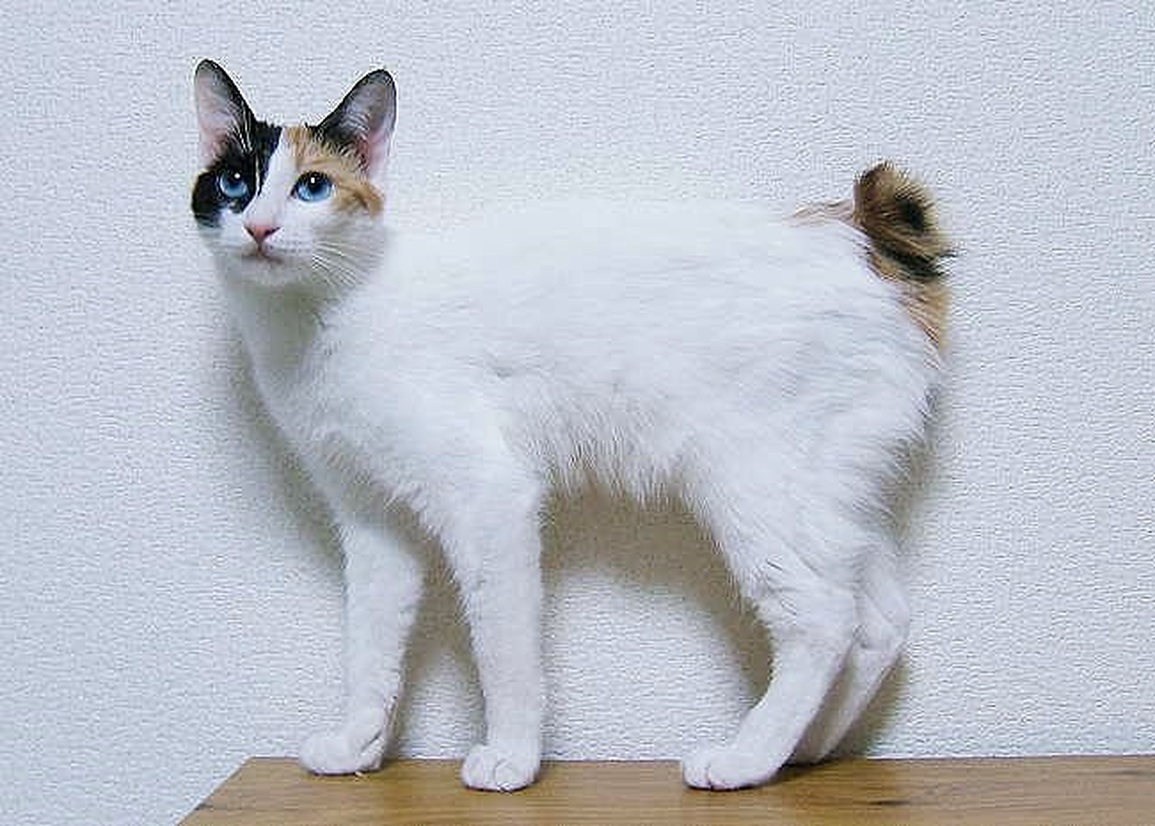
The image of a cat with a long tail has long been associated with human life and perception. However, in Japan, there is a strange breed of cat with a prominent feature of a short tail like a rabbit. They are called Bobtail cats, or in Vietnam, often called bobtail cats/rabbit tail cats.
In fact, the Bobtail cat’s tail is kinked, causing the fur on the tail to spread out, giving it a rabbit-like appearance. Despite this, the cat’s tail is still flexible and can be moved in any direction.
No one knows exactly when this unusual breed of cat arrived in Japan, but it has been a part of Japanese culture for at least several hundred years, and is frequently featured in traditional art and folklore.
In Japanese folklore, the bobtail cat is seen as a symbol of good fortune and a promising future. The famous maneki neko – a symbol of good luck – often depicts a bobtail cat sitting on its hind legs with one front paw raised high.
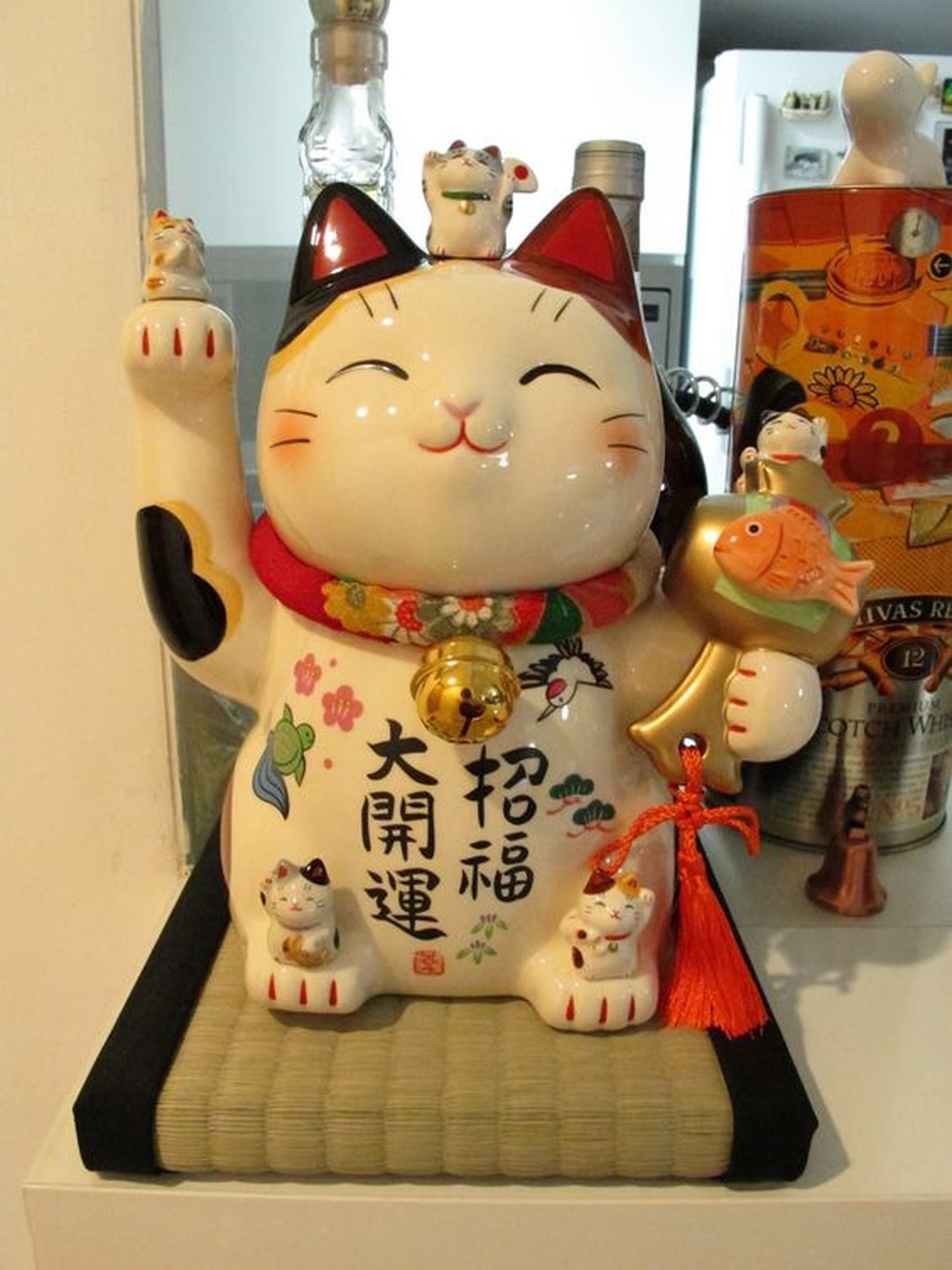
In the early 1600s, the breed played an important role in preserving Japan’s silkworm production, by keeping rodents at bay. By the following century, the Bobtail was even the dominant breed of cat kept in Japan.
In 1968, the Japanese Bobtail was first introduced to North America, was granted provisional status by the Cat Fanciers’ Association – CFA in 1971 and became popular worldwide. In 1976 they were accepted into the Championship Show.
In 1993 the Japanese Bobtail was accepted into the CFA Championship Show. As of 2011, there are several Japanese Bobtail breeders in North America and Europe, and at least one in its native country. However, the breed remains quite rare.

Scientists concluded that the short, kinked tail of the Japanese Bobtail is the result of a natural mutation caused by the expression of a dominant gene. This mutation causes a reduction in the number of caudal vertebrae, as well as a fusion of the vertebrae. But otherwise, it develops as a complete tail, like that of a long-tailed cat.
By convention, to be considered a standard Bobtail cat, the tail length must not exceed 3 inches (7.62 cm). The lifespan of this breed is also quite high, averaging 15 – 18 years. With proper care and exercise, the lifespan of this breed can be longer.
No one knows whether it is because of the distinctive tail that looks like it was broken, or because of the friendly, active and “talkative” personality that makes the Japanese Bobtail extremely popular in the land of the rising sun to this day. However, it is still very rare outside of Japan’s borders.

